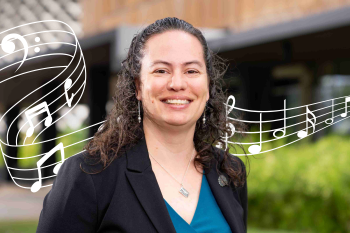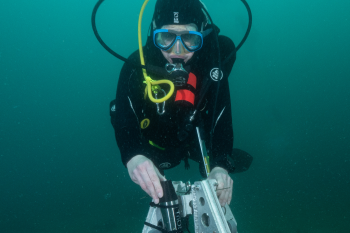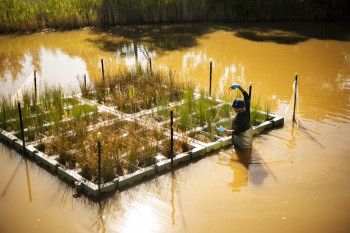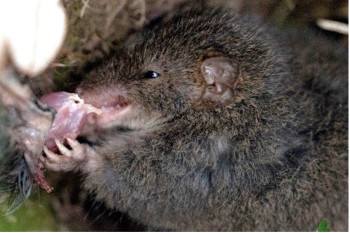© Pint of Science, 2025. All rights reserved.
“It’s a vast field of science and enables us to build a whole story, just from an animal’s poo!”
Dr Romane Cristescu and Dr Riana Gardiner, Post-doctoral Research Fellows
Planet Earth
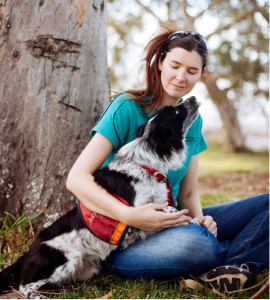 |
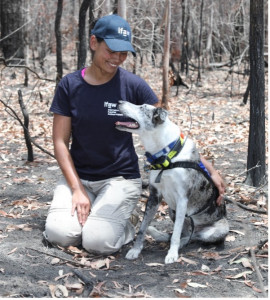 |
What animals come to mind when you think of Australia? Kangaroos, emus, … and koalas.
Conservational ecologists Dr Romane Cristescu and Dr Riana Gardiner aim to understand what drives koala population decline across Queensland and New South Wales and how to address these causes. Some factors that influence the decline are disease, loss of habitat from human disturbances, and changes in the climate – such as bushfires and heavy rainfall. Understanding why a particular population is struggling is critical to designing solutions to maximise conservation.
In contrast to koala sightseeing locations where one can simply scan a few branches to spot a tree-hugging bear, koalas in their natural habitat protect themselves from predators by making themselves less visible. This is a main challenge in studying them.
Romane, Riana, and their team are developing and testing better non-invasive methods to study koalas. This includes training detection dogs and using drones with thermal cameras and tracking devices to determine koala density and signs of their presence, namely scats or poo.
“We talk about poo on a daily basis, we actually get excited about it.” - Riana
Molecular analyses of fresh koala scats are invaluable to understanding koala habitat, genetics, pathogens and disease, hormones, diet, gut microbiome, and so much more! By providing robust methods, Romane and Riana hope to find koalas and address their threats more effectively.
“The glamourous image of ecologists spending lots of time observing wonderful wildlife is often not quite what we do!” - Romane
